Ultimate Golf Photo Tour: Oklahoma City Golf and Country Club
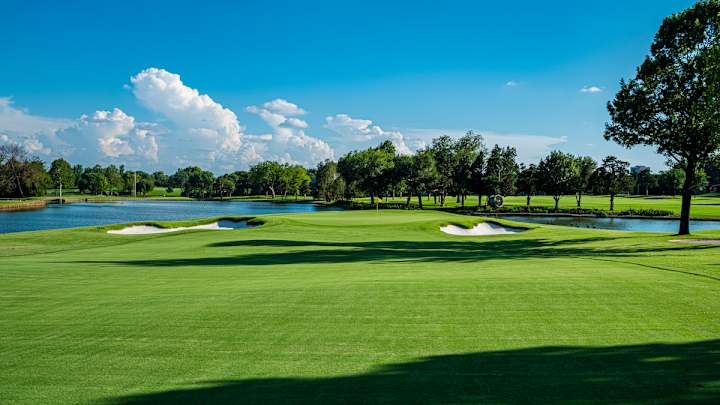

Alister MacKenzie and Perry Maxwell had at least one thing in common: a passion for designing golf courses.
The Scottish MacKenzie designed courses on four continents, including three of the world’s most recognizable layouts: Augusta National Golf Club and Cypress Point Club in the United States and Royal Melbourne Golf Club in Australia.
Maxwell, nearly nine years younger than MacKenzie, was born in Kentucky and moved to Oklahoma in his late teens. Not until his early 40s did he become prolific in course designs, the bulk of which were in Oklahoma.
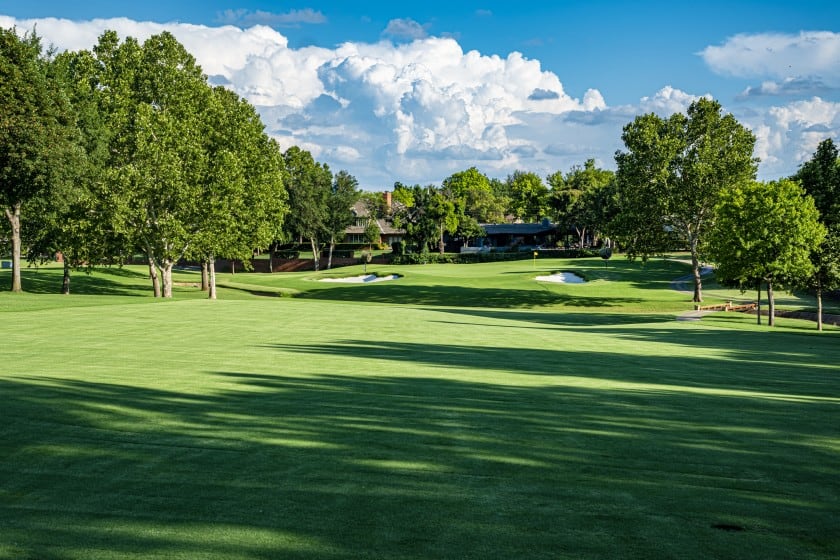
The architectural arcs of Maxwell and MacKenzie crossed five times, and when they collaborated, the result was usually something special: Crystal Downs Country Club and the University of Michigan Golf Course in Michigan, the Ohio State University Scarlet Course in Ohio and the Oklahoma City Golf and Country Club in Nichols Hills.
At Oklahoma City Golf and Country Club, MacKenzie served more as a consultant, but the MacKenzie-Maxwell duo still created a masterpiece that opened in 1929.
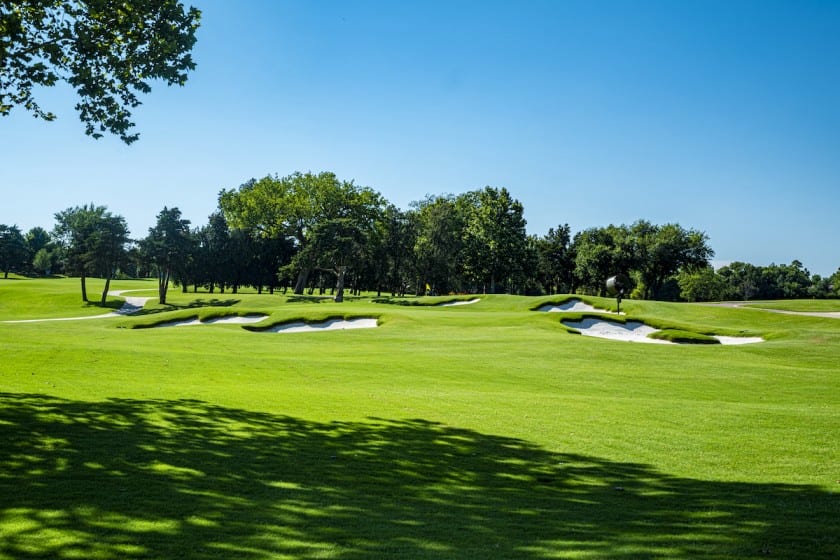
Oklahoma City Golf and Country Club ranks No. 4 on Golf Magazine’s list of the state’s best courses for 2020-21, three spots behind another Maxwell design, Southern Hills in Tulsa.
Earlier this year, Tripp Davis and Associates completed a renovation of Oklahoma City Golf and Country Club. The most significant work included restoring the original rounded and irregular shape of the tees, returning strategic widths in fairways and removing many introduced trees. Also, the architectural firm restored the strategic intent and style of the bunkers and the size of the original greens.
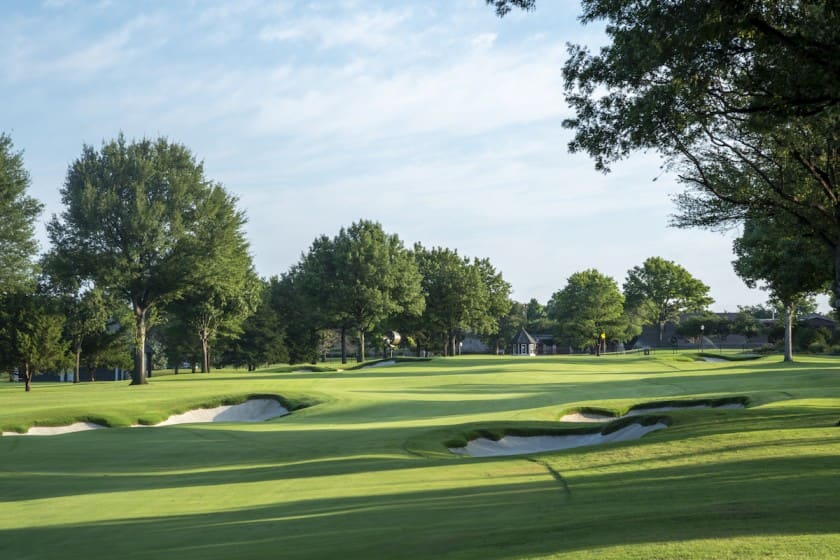
“The greens were 75 percent what Maxwell had left, which we worked to preserve and we restored parts of what had been lost — areas along the edges of greens and some hole locations that are not usable at modern green speeds,” Tripp Davis said of the work done at Oklahoma City Golf and Country Club. “The combination of restoring and preserving greens, restoring the width to fairways, recapturing a bunker style that fits the architectural lineage, and bringing back a lot that makes you think on every shot, was really fun.”
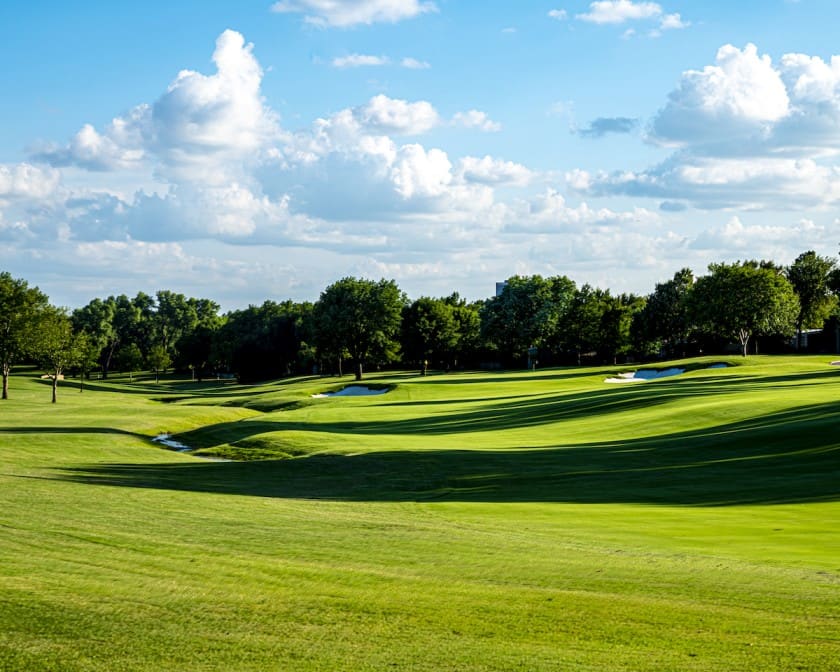
The Oklahoma City Golf and Country Club has a rich history of hosting high-level national competitions, including the 1953 U.S. Amateur, which was won by Gene Littler, who also won the U.S. Open eight years later.
The course, which plays to par 71, also has hosted the Trans-Mississippi Amateur six times, the Western Amateur, the Women’s Western Open and numerous U.S. Amateur and U.S. Open qualifying tournaments.
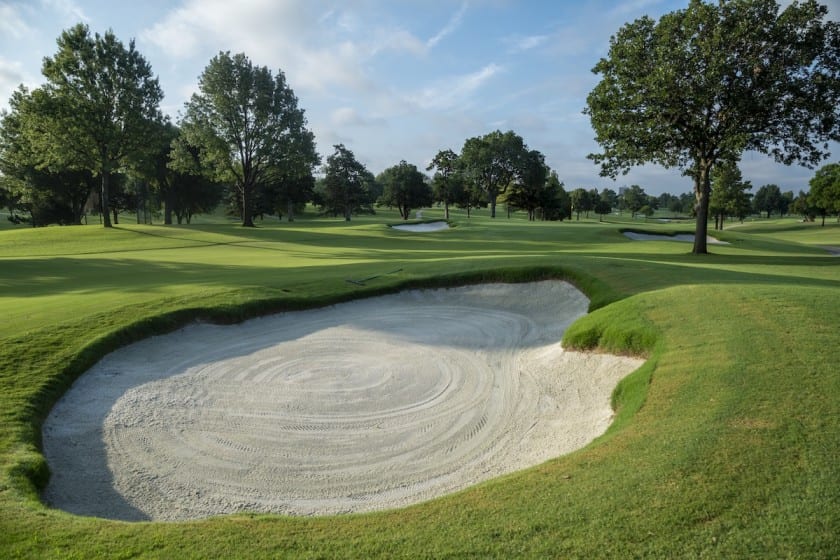
“Being given the responsibility to renovate and restore the Maxwell/MacKenzie course at Oklahoma City Golf and Country Club was uniquely exciting for me, given my history there and the many friends I have there,” Davis said. “I first played the course in 1985 as a freshman on the University of Oklahoma golf team, and it has since been one of my favorite courses in the world. Being able to bring the golf course back to what it was intended to be by Mr. Maxwell and Dr. MacKenzie has been one the greatest thrills of my professional career.”
Davis also credits longtime shaper Jason Gold.
“Jason and I made sure every detail was right and that every strategic element was pure to how Mr. Maxwell and Dr. MacKenzie wanted the course to play,” Davis said. “They were extraordinary at making everything they did look like a natural part of the land, and using that to create beautiful strategic variety and interest, highlighted by the angles they created and the importance of precision when playing into the greens.”
